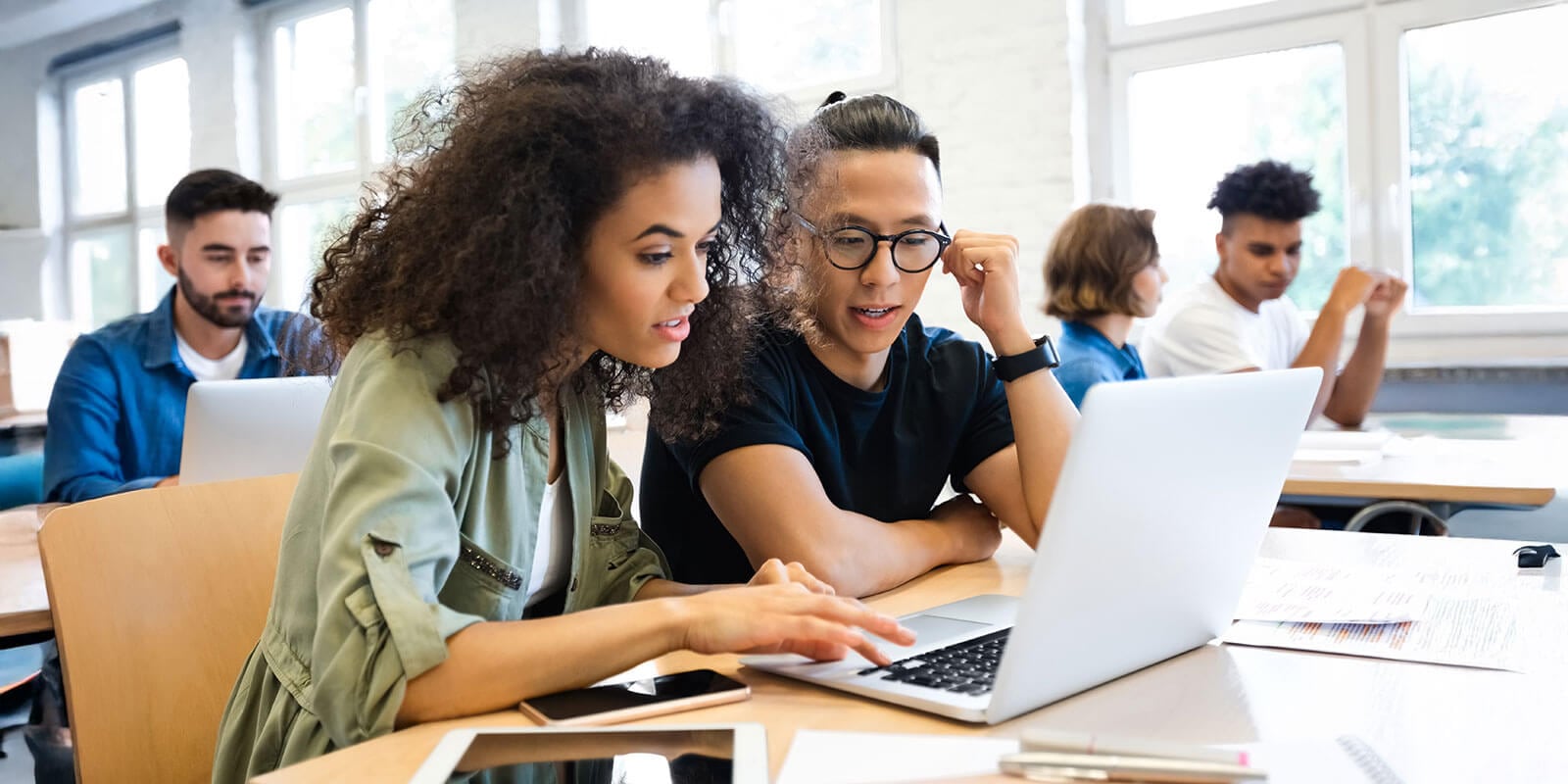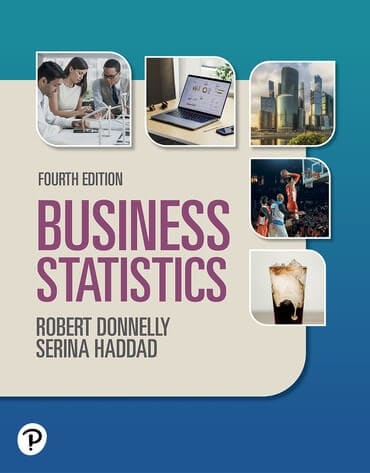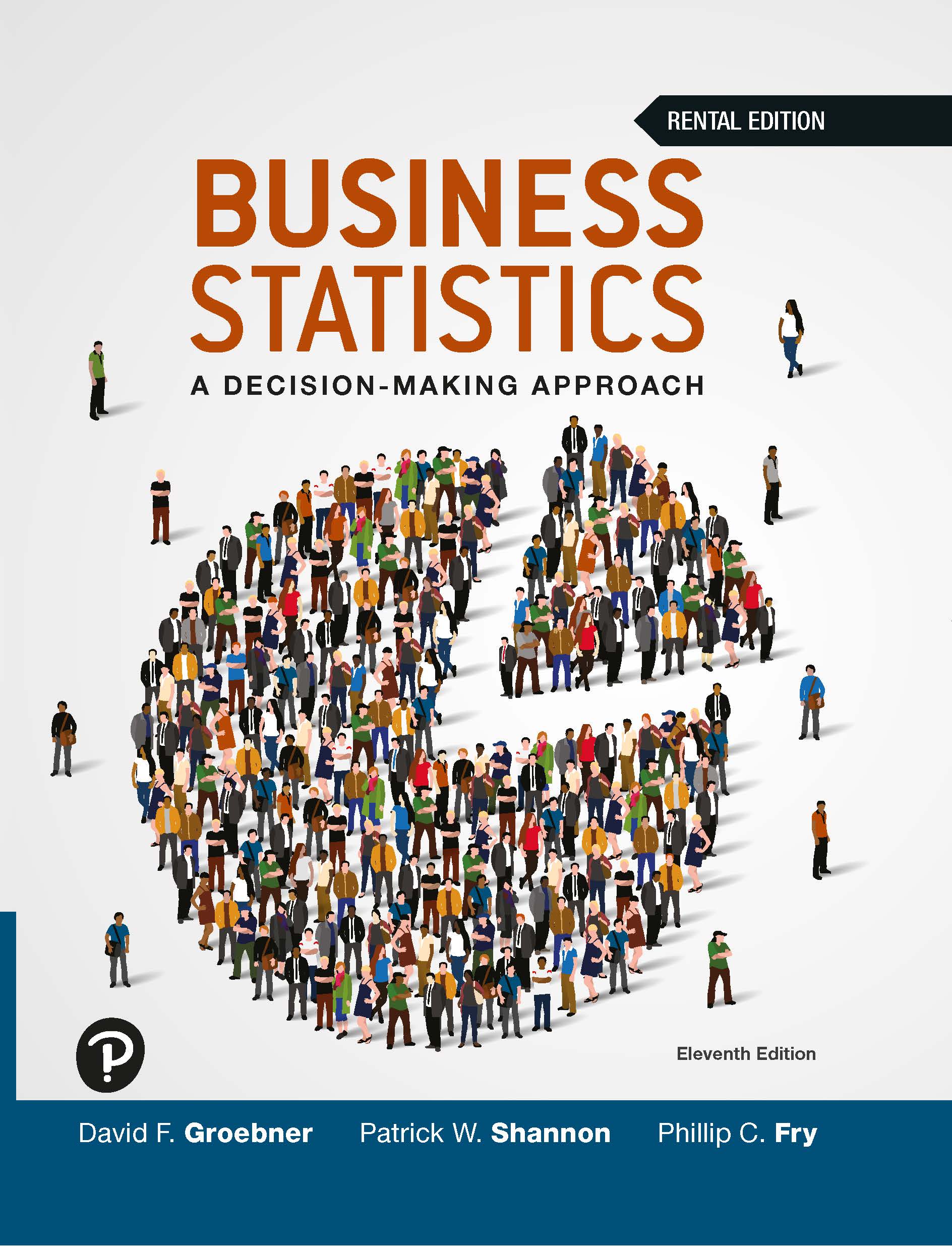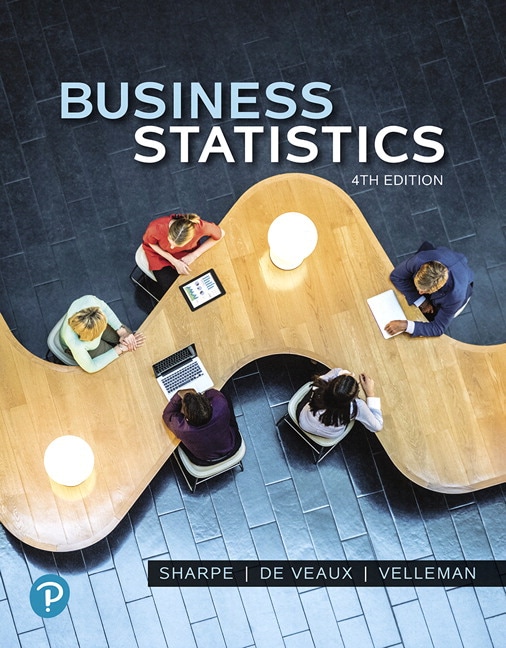Discover how to use the Excel Templates in Business Statistics, 4th Edition to make learning dynamic, interactive, and career-relevant for students with author Serina Haddad.
Business Statistics
Engagement, analysis and decision-making

MyLab
MyLab® gives you the tools to easily customize your course and guide students to real results.

Pearson+
Pearson+ empowers students to choose how they learn best with easy-to-use eTextbooks and study tools.

AI-Powered Study Tool
Our AI-powered study tool transforms mistakes into teachable moments, helping students build confidence and study smarter.





Explore titles for business statistics
Help your undergraduate students transform classroom theory into publishable research through mentorship, critical thinking, and applied research that uses real datasets.
Are you teaching Introduction to Data Science? Dr. Hunter Glanz and Dr. Brennan Davis present effective strategies and cutting-edge resources for instructing students who have different skill levels.




